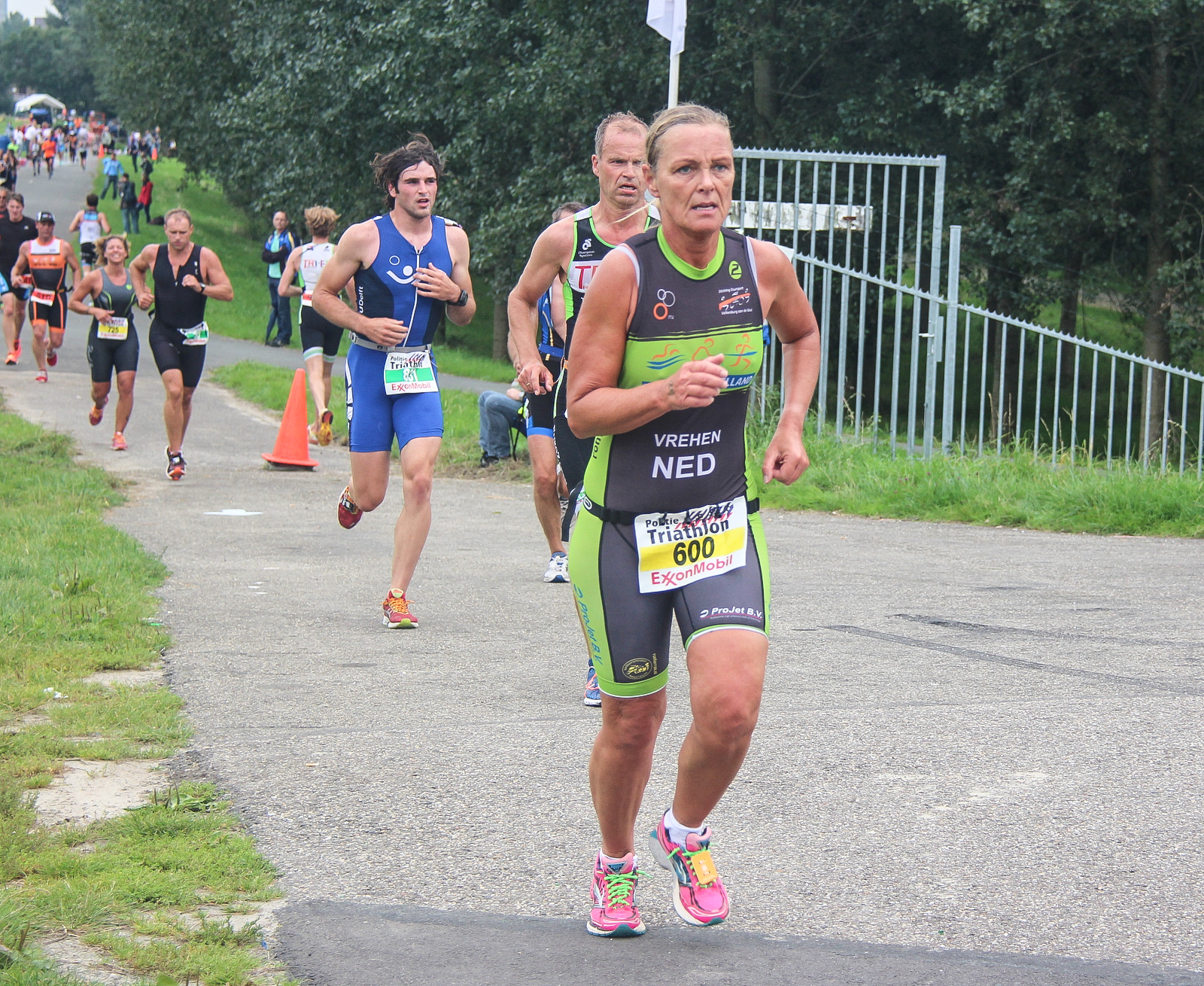In HSC PDHPE it is vital to use examples. This post is designed to help HSC PDHPE students apply the principles of training in exams. The principles of training are:
These principles of training need to be applied to aerobic training and resistance training for HSC PDHPE. Today, we will focus on aerobic training.
Progressive Overload
The training principle, progressive overload refers to the need to constantly be increasing the load during training as the body adapts. That is, because the body gets more haemoglobin, myoglobin, oxidative enzymes, larger stroke volumes and cardiac outputs etc, it can cope with the demands of training more easily. This training principle means if a triathlete has been doing 10 Km runs on a flat treadmill at a speed of 14km/h, which was 75% MHR, her body will adapt to the training and her heart rate will now only need to be at 65% MHR because of the physiological adaptations that have occurred. This means that her intensity or workload, has now moved below the aerobic training zone and will no longer cause physiological adaptations to occur. Thus, her training will not improve performance unless she changes something. In aerobic training, the training principle – progressive overload – can be achieved by changing the frequency of training (3 times a week to 4 times a week), the intensity of training (run incline, outside, faster speed), or the length of training (distance or time). So our triathlete can now run 20Km, on incline 4 at speed 16km/h bringing them back into 75-80% MHR.
Specificity
The principle of training, specificity, is about ensuring movements in training replicate movements required in the sport. If we continue with our triathlete, she needs to ensure she is doing more than just running, as the sport involves swimming and bike riding as well. In addition to this, our triathlete should also ensure she is doing lots of outside road runs as this is the environment she is likely to be running in, as opposed to indoors on a treadmill. Running is also done last in a triathlon, so it would benefit her to complete her swim and bike ride, before she does her running as this replicates the competition more closely.
Reversibility
This principle of training (reversibility) has to do with the fact that when training stops or is greatly reduced, the body will start to lose some of the physiological adaptations that had occurred during training, and the athlete’s performance will decrease. This training principle means that when putting rest periods into the training schedule they should not be too long. For aerobic training there is usually around 2 weeks before adaptations begin to be lost and reduce performance. This training principle helps ensure rest periods are long enough for recovery, but not so long that performance is negatively affected. So the triathlete can have a week break, or a couple of days without doing aerobic training, but she should not be taking 4 weeks off as this will decrease her performance. Reversibility also means if she is injured she should try and do aerobic exercise with her non-injured limbs.
Variety
Variety is the principle of training that helps keep the athlete enthused and not bored. The triathlete will get less motivated to train if all she ever does is continuous aerobic training, e.g. swimming 1 Km, riding 20km, running 10km. Her training needs to vary, while at the same time reflecting performance. This principle of training means the triathlete could run on a treadmill, run outside, run through the bush, do hill runs, etc all to train for her running section of competition. She can also have variety by mixing up between swimming, bike and running each day, performing each in a variety of situations. Some cross training can also be done, and can be beneficial, but should not become the normal way of training.
Training Thresholds
This principle of training refers to the particular intensities required in training in order to cause a physiological adaptation. For aerobic training the threshold is about 70-75% MHR depending on the athlete, and which textbook you read. Above this intensity our triathlete will produce some physiological adaptations which are beneficial for her competition. For aerobic specific adaptations, it is recommended that she does not go over 85% MHR as this is the threshold for anaerobic training. The intensities 70-85% MHR is referred to as the aerobic training zone, and it the intensity our triathlete should try to train at (the higher in this zone the better). She could wear a HR monitor to check her intensity in order to ensure she is always around the 80% MHR mark.
Warm up and Cool Down
Warm up is the last principle of training and should be specific to the training and competition and progress from general movements to specific movements related to the sport. This principle of training helps to bring blood to the muscles being used and causes the cardiovascular system to adjust ready for action. Our triathlete, will need to warm up their whole body, ready to swim, ride and run. This will require large movements to begin with at a low intensity. These movements could be jogging, a slow swim or ride, but should increase in intensity to the desired competing intensity. Stretching is often included in the warm-up, but is not essential.
The cool down principle of training works in much the opposite way as the warm up. The athlete progresses from the higher intensity more specific movements, to the lighter more general movement. So our triathlete can move from running at 80% MHR to walking. This helps to remove waste products and stops blood pooling. Stretching should be included in the cool down to help reduce muscle soreness.
For more information on the principles of training in HSC PDHPE click here.






